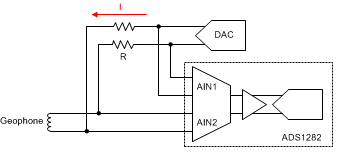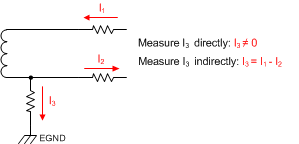Other Parts Discussed in Thread: ADS1282,
Tool/software: Starterware
Hi, I am trying to use DAC1282 and ADS1282 to test the detector’s leakage, which has been written in the datasheet for seismic applications. However, I am still not sure about the official suggested circuit for the detector leakage test. Can I use the following circuit? If so, what should I do?




